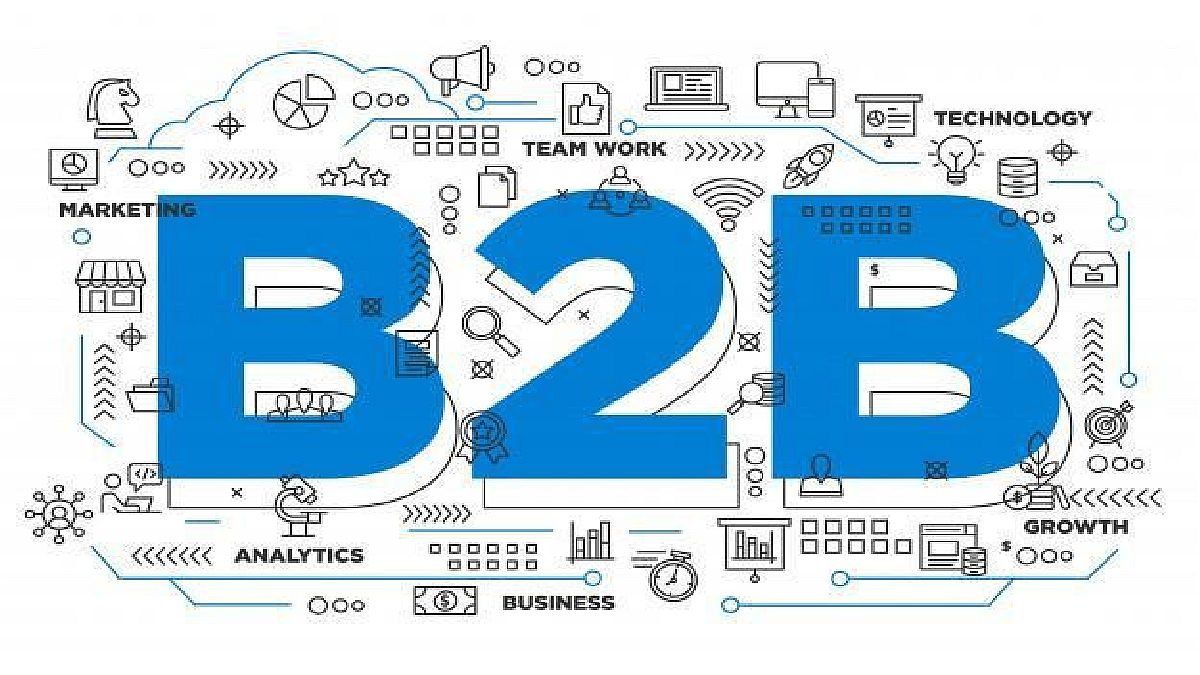In tune with the evolution of the commercial dynamics of brands aimed at the final consumer, the B2B business (business to business), they are also incorporating new functionalities to improve the experience of corporate customers, optimize their processes and expand the business.
Below are details the 3 essential pillars that companies that wish to take advantage of the benefits of ecommerce must consider to grow in the B2B segment.
Personalized customer experience
Shopping personalization strategies have become increasingly crucial: from product and pricing segmentation to individualized check-out experience. Without forgetting the management of shopping carts, suggestions based on purchase history (repeat orders, quick orders, mass orders), online quote requests and product configuration, among others, which are shaping the new dynamics of the B2B ecommerce.
The case of Vital, a leading superwholesaler in the marketing of non-food items with more than 35 years in the market, illustrates a significant transformation in its business model. B2B business towards a customer-centric approach. With the support of VTEX, Vital modernized both the operation and the business culture to adapt to the digital market: it automated purchasing processes, reduced delivery times and began to value the available customer information. This allowed the analysis of each person’s purchase history, thus facilitating the offer of a personalized assortment. By focusing on the customer experience in the B2B digital channelVital achieved greater satisfaction and purchase frequency.
Operating efficiency
From an internal perspective, the online sale can be a starting point to increase operational efficiency and add value in every interaction. The benefits for organizations that decide to optimize their processes go beyond the scope of digitization and automation, they also allow the sales force to be freed from repetitive tasks and give them greater freedom for personalized customer advice, a value proposition that no technology can offer. can replace.
Within the digital universe, companies They have online purchasing management tools that allow them to create and manage organizations (customers), group users into organizations, manage roles and permissions, collaborate on orders, validate prices, manage B2B payment methods and track shipments. By unifying the entire commercial operation on a single platform, businesses can centrally manage the activity of their brands, business units and sales channels, as well as customer information.
API-first platforms like VTEXdrive operational efficiency by simplifying complex business operations, allowing integrations between the systems that are part of these operations (CRM, ERP, WMS, etc.), so that businesses can continue adding value in commercial interactions with their customers.
Business expansion
The third pillar of a strategy B2B ecommerce is the growth of demand. To achieve this goal, companies can configure and customize their ecommerce architecture to suit their needs. Composable solutions allow you to integrate various functionalities to create a competitive advantage, for example, by integrating with networks of resellers and distributors.
In this context, the exemplary case of Arcor Group for its B2B operations. Through VTEX, the company implemented TOKIN, a solution for mobile devices that connects points of sale and distributors. Arcor sought to modernize and digitalize the interaction with the 220 thousand businesses that are visited weekly by its network of distributors, complementing the personalized attention of the sales team with a solution that would give merchants greater control and flexibility in loading purchase orders. and stock replenishment. During the first year, more than 250 thousand clients registered on TOKINand the purchasing frequency went from 1 to 2 times per week, reaching 200% year-on-year growth in 2023, and making a digital tool available to its customers that prioritizes the purchasing experience.
At a commercial level, this means taking advantage of new opportunities, connecting suppliers, partners and customers more easily. In addition, it encourages collaboration and the creation of experiences focused on each of them. It also allows you to explore new business models and activate new sales channels to meet customer demands and drive revenue growth.
The future of B2B ecommerce
The adoption of digital tools for business growth and improving customer experience transcends the simple incorporation of technological resources; It involves comprehensively transforming and improving the entire organization. The B2B ecommerce challenge is presented as a strategic opportunity to modernize the company’s technological stack, unlock growth opportunities, drive improvements in operational efficiency and continue adding value to both customers and the network of partners, distributors and strategic partners. of the company.
At VTEX, we continually strive to design and implement technological solutions that enhance the capabilities of the marketing, development and operations teams to adapt to an increasingly digital and dynamic market.
Sales and Marketing Leader for Argentina, Paraguay, Uruguay and Bolivia at VTEX
Source: Ambito
David William is a talented author who has made a name for himself in the world of writing. He is a professional author who writes on a wide range of topics, from general interest to opinion news. David is currently working as a writer at 24 hours worlds where he brings his unique perspective and in-depth research to his articles, making them both informative and engaging.




